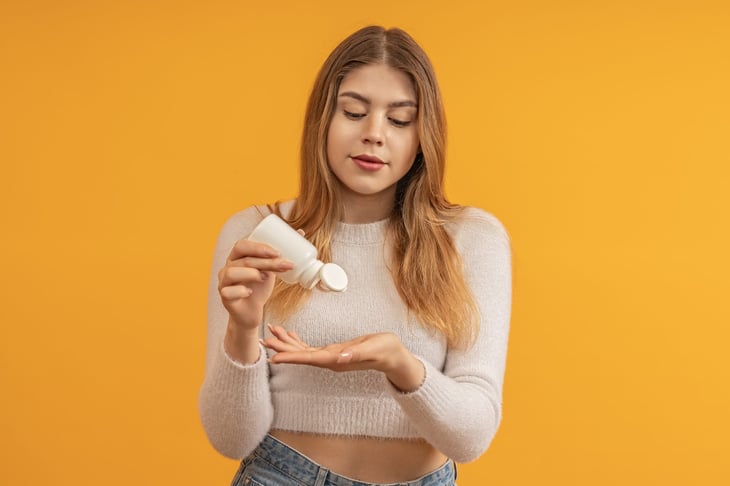
As inflation bashes our budgets, it’s important to compare prices on everyday items. Bonus frugal points for using shopping apps to further reduce prices.
Not everyone has the option of shopping at multiple stores, though. For example, I live in Alaska and have access to just two different supermarkets and a single drugstore chain. And some consumers find shopping apps too confusing or simply forget to use them.
Well, here’s a technique just about everyone can get behind: Using all of what we buy. Scrape that peanut butter jar! Use the salty crumbs at the bottom of a pretzel bag to season a pot of soup. Turn sour milk into pancakes, waffles or an easy and delicious cake.
Heck, I know a now-famous author who was once so strapped she recycled her lip balms. When they got too low to use, she’d melt a few at a time in the microwave on low, then pour them into a small container.
Not sure if she still does this now that she’s been on The New York Times bestseller list, but the point then – and now – is that if she paid for a 0.15-ounce tube of lip balm, she was going to use every last drop.
You should get what you pay for, too. Here are some ways to do just that.
1. Laundry detergent
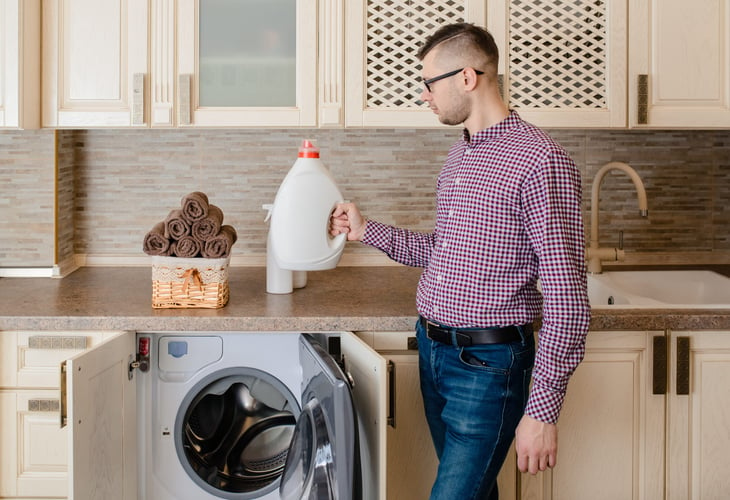
Most detergent caps have “fill lines” inside to show you how much soap to use. But because most modern detergents are very concentrated, you need just 1.5 ounces for a typical load of laundry, according to Consumer Reports.
It’s in the manufacturer’s best interest for you to over-suds your duds. Instead, use a shot glass to measure the liquid. You’ll save money and also cut down on the amount of detergent winding up in our water systems.
Pro tip: When the jug is empty, add some water and shake well. Use the resulting liquid to do one more load of laundry.
2. Food items in bottles

Sick of shaking those mustard or ketchup bottles to get the last stubborn bits? Stand them upside down overnight. Easy!
Or you could check out the Spatty Daddy spatula set, a “Shark Tank” product. They’re tiny-headed spatulas with long handles and are marketed as a money-saver. Sure. We can go with that. Or we can keep standing our bottles upside down.
3. Food items in jars

Jars with shoulders or other consumer-unfriendly shapes make it mighty hard to use all the product. Naturally, someone’s marketing a jar scraper as well: the Compac Home mayo knife and jelly knife, designed for cleaning out the last drops.
In my home, we scrape out as much as possible with regular spatulas and then get creative. For example, we add some milk to “empty” jam jars, shake vigorously and then drink the fruit-flavored result. Or we shake a little water in the salsa jar, then pour the liquid into homemade soup stocks. And just the other day, my partner rinsed a pancake syrup jug with hot water for use in a batch of homemade peanut brittle. Can’t help lovin’ that man.
For more simple, food-saving tactics, see “What to Do With Ketchup Dregs: Getting the Most From Your Condiments.”
4. Personal care products in tubes
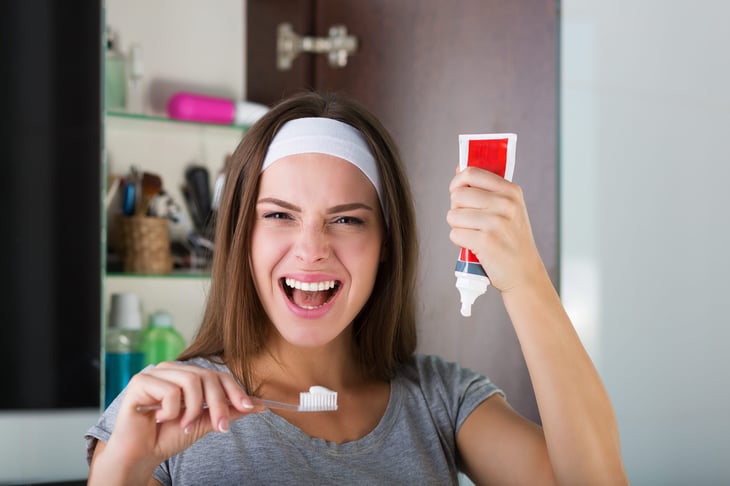
You can squeeze a toothpaste tube only so much before it refuses to give up any more dentifrice. But that doesn’t mean it’s empty! Cut off the end, and then carefully cut down one side of the tube. We do this and get at least a dozen more brushings.
A woman I know cuts open facial sunscreen tubes to eke out every drop. She gets at least a couple more applications that way. Given that the facial sunscreens tested by The Miami Herald ran from $11 to $30 (yikes!), even a couple more uses makes a difference.
5. Personal care products in pump containers
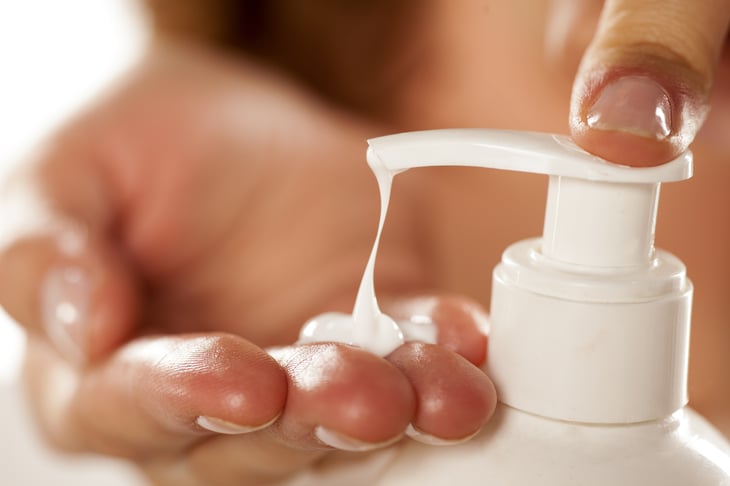
Face wash, shampoo, conditioner, lotion – why does the pump stop working toward the end? Because the tube doesn’t touch the bottom of the container, which means you’re leaving some product behind.
Unscrew and remove the pump, flip the container over and tap it onto your palm. It takes a few seconds, but it’s worth it. The same woman who cuts open sunscreen tubes gets at least another half a week’s worth of face wash by being patient.
Pro tip: When you think the shampoo is truly finished, add some water and shake well. You’ll probably get a couple more hair-washings out of the “empty” container.
6. Makeup in small glass vessels

Lip gloss or foundation containers refusing to yield the last of their treasures? Those Spatty Daddy folks have a solution for that too.
The Lip & Beauty Spatty is a package of teeny-tiny makeup spatulas designed to reach into small containers. You’ll get everything you paid for, they say. Given how spendy these products are, it’s worth the effort.
7. Stick deodorant
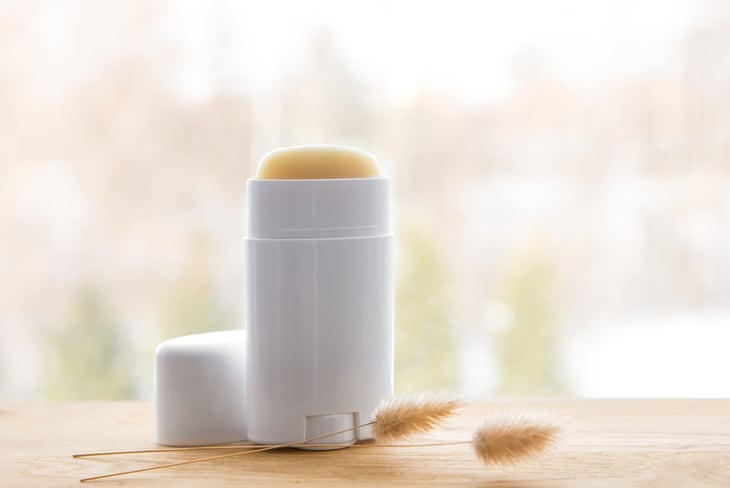
At some point you’re left with a small amount of product that doesn’t extend above the edge of the container. Trying to roll it on leaves you with scraped skin and no protection.
I have been known to pop the leftover chunk out and apply it manually. However, the deodorant sometimes gets a little soft and/or crumbles after a few uses. Now I’m intrigued by an alternative suggested by a website called ThriftyFun:
- Save several of these almost-empty deodorant containers.
- Pick out all the bits of deodorant and melt them in a microwave oven. (One commenter uses a small glass dish set in a bigger dish of water.)
- Let cool somewhat, then pour the liquid into one of the old deodorant containers and let it harden overnight.
According to one commenter, there’s no problem mixing different varieties of deodorant. Definitely going to try this.
8. Soap
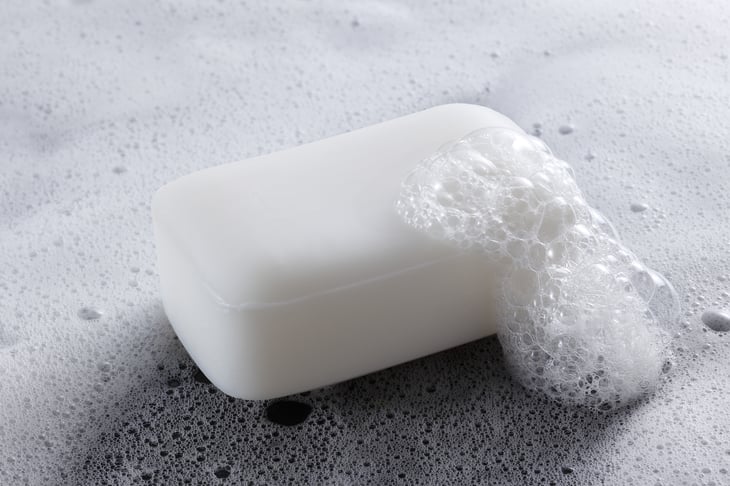
You vow to use the entire bar, but those last skinny bits are so annoying. They break in your hand or on the washcloth, and they’re devilishly hard to pick back up once they fall to the bottom of the bathtub. Too often you toss them into the trash when they misbehave.
A couple of other options:
- Let the soap end get good and wet, then press it onto a new, dry bar overnight.
- Save scraps for a while, then melt them in a microwave with a little water. Pour the slurry into a plastic-wrap-lined box or container and pop out a new bar the next day.
- Cut/pound soap bits into small pieces, put them in a container and use C-clamps to provide pressure. Tom Fox provides a YouTube video on the process.
9. Sponges
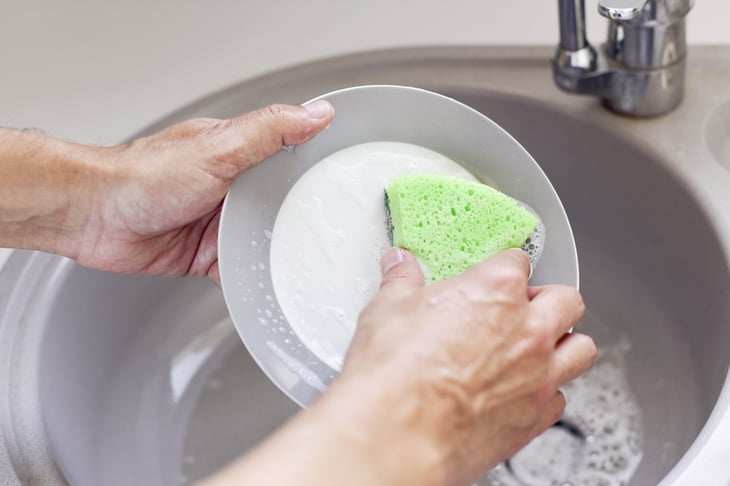
We sure go through a lot of these for cleaning sinks, tubs, countertops and the like. Here’s an easy way to extend their lifespan: Cut them in half.
After all, sponges tend to deteriorate in the area where the most pressure is applied. You could wind up throwing away a sponge that’s only partially worn out.
A half-sponge might not be optimal for big jobs. But how big does it need to be for cleaning the bathroom sink and fixtures?
10. Magic Erasers
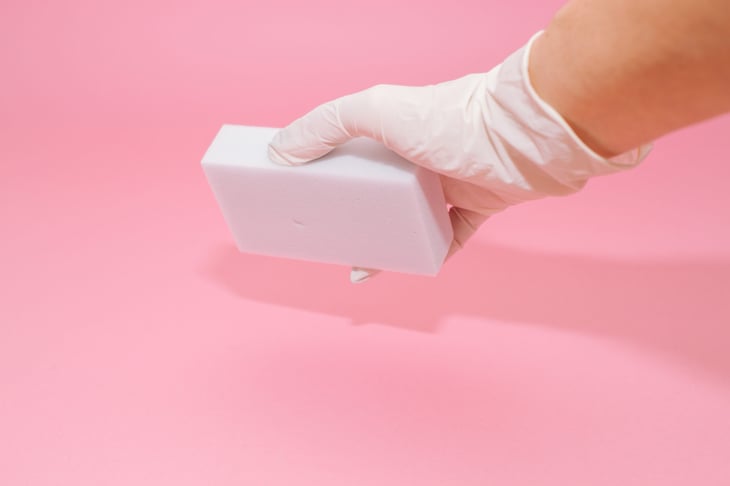
These things are awesome for certain tough household cleaning jobs since they have the abrasiveness of fine sandpaper.
But you don’t have to use them all at once. Cut them in half or in even smaller pieces for smaller jobs.
Note: You can also save a lot by going generic. Just look for “melamine sponge,” either online or at the dollar store. Amazon has many options for a fraction of the cost of the name-brand product.
Finally, keep in mind that melamine isn’t a match for all of your home’s surfaces. Learn more at “Never Clean These 10 Things With a Magic Eraser.”
11. Dryer sheets
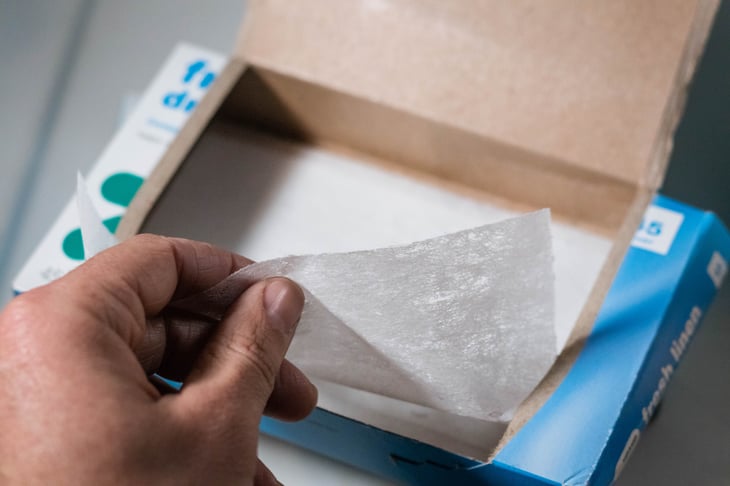
Cut them in half. Now you get two fabric softenings for the price of one. Easy enough.
Or you can take a tip from our “Life or Debt” archives and stop using dryer sheets altogether. Instead, fill a spray bottle with a 50/50 mix of liquid fabric softener and water. Spray a clean washcloth, and throw it in with the dryer load.
Note: Popular wisdom holds that vinegar makes a good fabric softener. But Consumer Reports warns against this, saying that it can damage the rubber seals and hoses in some washers. One appliance service expert says that front-loading washers are particularly vulnerable to vinegar.





Add a Comment
Our Policy: We welcome relevant and respectful comments in order to foster healthy and informative discussions. All other comments may be removed. Comments with links are automatically held for moderation.